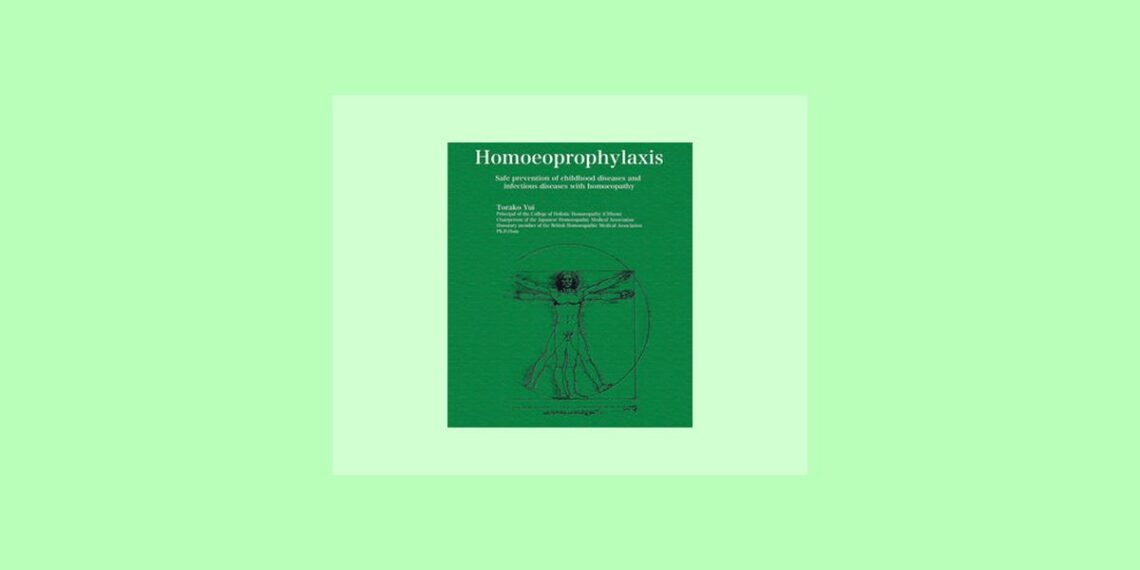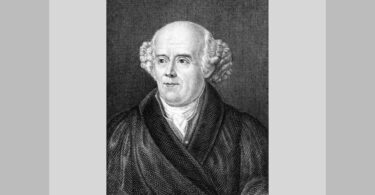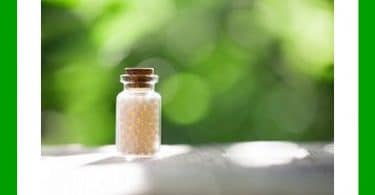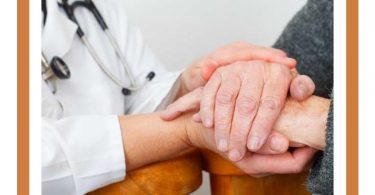A Third Reply to George Vithoulkas
It is a pleasure to see the discussion regarding the use of homoeopathic immunization or homoeoprophylaxis (HP) provoking interest among readers. I sincerely believe that as more data is made available concerning its safety and efficacy, as well as the classical homoeopathic principles upon which it is based, then more and more practitioners will feel comfortable with using HP for the benefit of their patients.
George Vithoulkas (GV) has responded to our earlier discussion by submitting a segment of a lecture where he discussed HP. Because I live in a semi remote area which does not have broadband access I was not able to view the lecture. I have been told that GV restated a number of points raised earlier. If our discussion is to advance, as I sincerely hope it will, then hopefully GV will respond to the following points:
1. Is HP prevention or treatment?
GV claims that HP does not work preventatively, but is actually early treatment of an acquired illness in the prodromal period, i.e. before symptoms appear. I agree that this may be true in some cases, but is not universally correct for the following 4 reasons:
(i) Hahnemann’s first example of HP was with a patient who had received the remedy Belladonna before the epidemic of scarlet fever appeared, yet was the only person in their household who did not acquire the disease. This could not have been early treatment.
(ii) Mroninski et al gave Meningococcinum to over 65,000 children. It is highly unlikely that they all had been exposed to the disease prior to receiving the remedy. This, and countless other examples of HP over the last 200 years show that the preventative effect takes place before exposure in many cases.
(iii) Many examples of HP (as in point (ii) above) use nosodes rather than the genus epidemicus (GE) of a particular epidemic. This makes it most unlikely that the HP remedy would provide early treatment given that it was not the GE remedy (i.e. the similimum).
(iv) In my research, most of the thousands of doses given over 20 years were well before any probable exposure, showing that we were measuring the effects of prevention not treatment.
Most homoeopaths who have used HP, from Hahnemann, to Boenninghausen, to Kent, to the modern day, all state that HP offers prevention. GV has effectively stated that they all are incorrect, so hopefully he will directly answer the above 4 points which indicate that HP is indeed preventative in many cases.
2. Is HP a proving effect?
I appreciate Mati Fuller’s support. Her explanation of the “proving-effect” action of HP is valid in some short term cases. Rudi Verspoor was similarly correct in stating that “the principle of dynamic immunization is that of the use of an artificial disease agent (dynamic medicine) to temporarily engender an artificial disease in an otherwise healthy person so that they are then fortified in their defence against the disease agent should they be exposed to it.”
However a short-term proving effect cannot explain longer-term HP effects. As Rudi also said, “Dr. Hahnemann also made clear that the medicinal wesen does not last very long in the organism, which is what makes the artificial disease agent or medicine safe (when prescribed in the optimum, that is dynamic, dose).”
I discussed the energetic model of the long-term action of HP in the June edition.
What the above points show is that, in practice, the homoeopathic prevention of a targeted infectious disease can occur in one of three ways:
(i) Treatment during the prodromal period (as suggested by GV).
(ii) A proving-effect established shortly before exposure (as suggested by Rudi and Mati).
(iii) An energetic clearing of a specific area of the patient’s energetic bodies, which allows the vital force to work effectively when challenged in that area (as I suggested in the June edition).
Of these three possibilities, only the third option can explain a medium and long-term action of HP, as well as the short-term action in some cases. Only this third option is true prophylaxis. So when GV states that proving effects don’t last, I totally agree. But since this is not how HP works much of the time, it is inappropriate to extend this observation to criticise HP.
I wish to emphasise this point: true homoeoprophylaxis is neither early treatment nor a proving-effect.
3. Is HP homoeopathic?
As I said in the June edition, I believe that the Law of Similars is a natural Law concerning energetic relationships. Its application in treatment is the mainstay of classical homoeopathy, but it is not the limit of the natural Law. Its application in prevention is also a core part of classical homoeopathy – a remedy is chosen on the basis of the Law, and the minimum dose of the single remedy needed to produce a therapeutic effect is given. It is not a new development in homoeopathy.
Further, HP has been used by tens and probably hundreds of thousands of homoeopaths over 200 years. All the evidence we have is that it provides a safe and highly effective (around 90%) level of protection against targeted infectious diseases in both short-term and long-term situations.
Conclusions
GV has made an enormous contribution to homoeopathy. I understand, and often support, his concerns that we might move away from the central Laws upon which homoeopathy is based. I believe that such a distinguished homoeopath has a responsibility to ensure that his criticisms of HP are well founded, because they will influence the thinking of many people. So I sincerely hope that GV will make another contribution directly addressing the above conceptual issues, as well as the considerable body of empirical evidence supporting HP.





